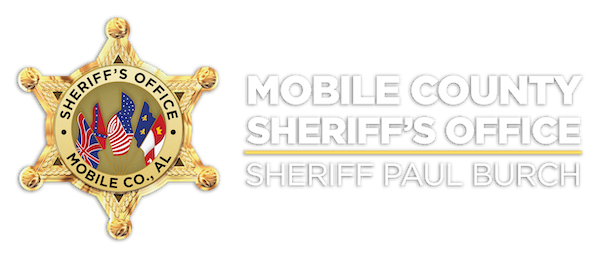Vandalism/Graffiti Prevention Look around your community. Do you see…
- Walls covered with graffiti?
- Knocked-over trashcans or mailboxes?
- Broken street lights?
- Spray paint on stop signs?
- Broken public telephones?
- Missing street and traffic signs?
- Writing or torn pages in library books?
- Public restrooms with broken doors and graffiti?
Vandalism Costs
Schools pay out millions of dollars each year to clean up graffiti, repair buildings, or replace vandalized equipment. That means less money for new books, computers, sports equipment, and student activities.
Local governments (and their taxpayers) pay the bills for broken street lights, stolen signs, and vandalized parks.
Businesses pass the costs of vandalism on to customers through higher prices.
Vandalism Hurts
People feel angry, sad, and frightened when something of theirs — a mailbox, a garden, a car antenna — is destroyed for no reason.
Vandalism indirectly claims other victims — a child is injured because a stop sign was stolen, a person can’t reach 9-1-1 because the public phone is broken.
Who and Why?
Most vandals are young people — from grade schoolers to teens to young adults — who damage property for one or more of the following reasons:
- Boredom
- Anger
- Revenge
- Defiance
- Alliance
Graffiti is often the first sign that gangs are taking over a neighborhood. Gangs use graffiti as their street “telegraph,” sending messages about turf and advertising their exploits. Graffiti identifies territorial boundaries, lists members, and communicates with rival gangs. The gang says “This place belongs to us.”
A community’s first step in taking back its streets from gangs is getting rid of graffiti immediately. This power struggle can’t be won overnight, but persistent communities working in partnership with law enforcement almost always emerge as victors. Once the graffiti is gone, use landscape designs (such as prickly shrubs or closely planted hedges), building materials (such as hard-to-mark surfaces), lighting, or fences to discourage vandalism.
You Can Help Prevent Vandalism
- Educate the public, especially young people about the costs of vandalism.
- Clean up vandalism as soon as it happens — replace signs, repair playground equipment, paint over graffiti.
- If you see anyone committing vandalism, report it to the police, school authorities, or someone who can take action.
- Remember, vandalism is a crime.
- Protect your house or apartment from vandalism by using good lighting and locking gates and garages.
- Support recreational programs for young people in your community. Volunteer your time, donate money or supplies, and help in any way you can.
